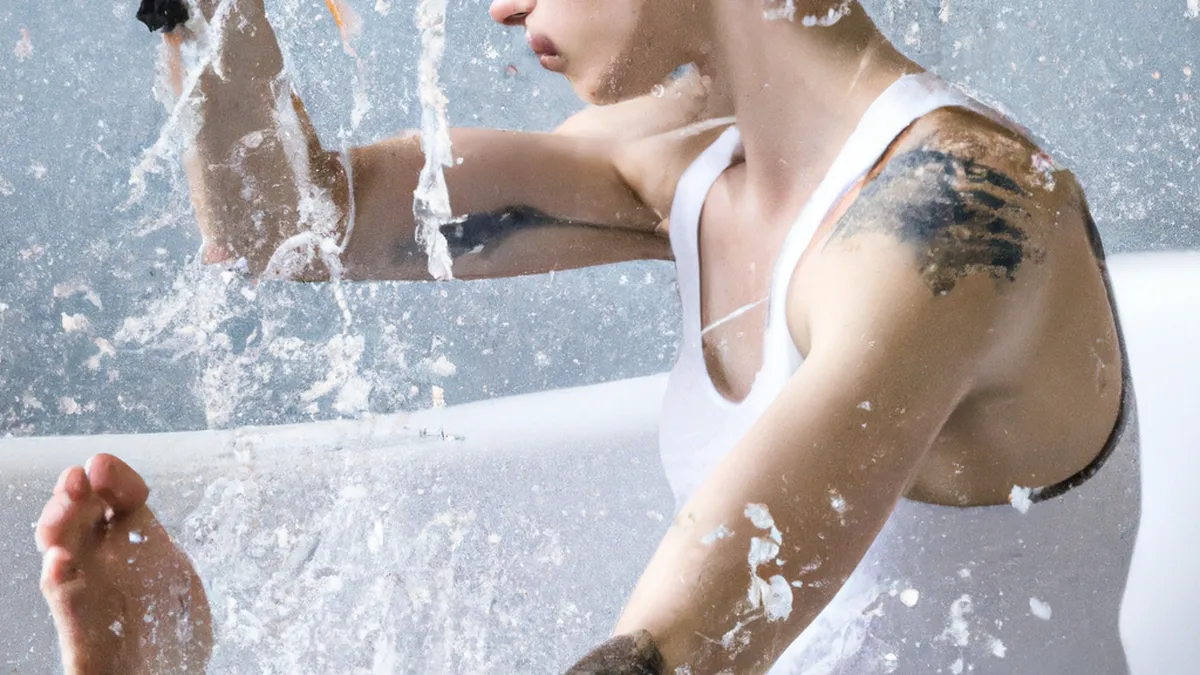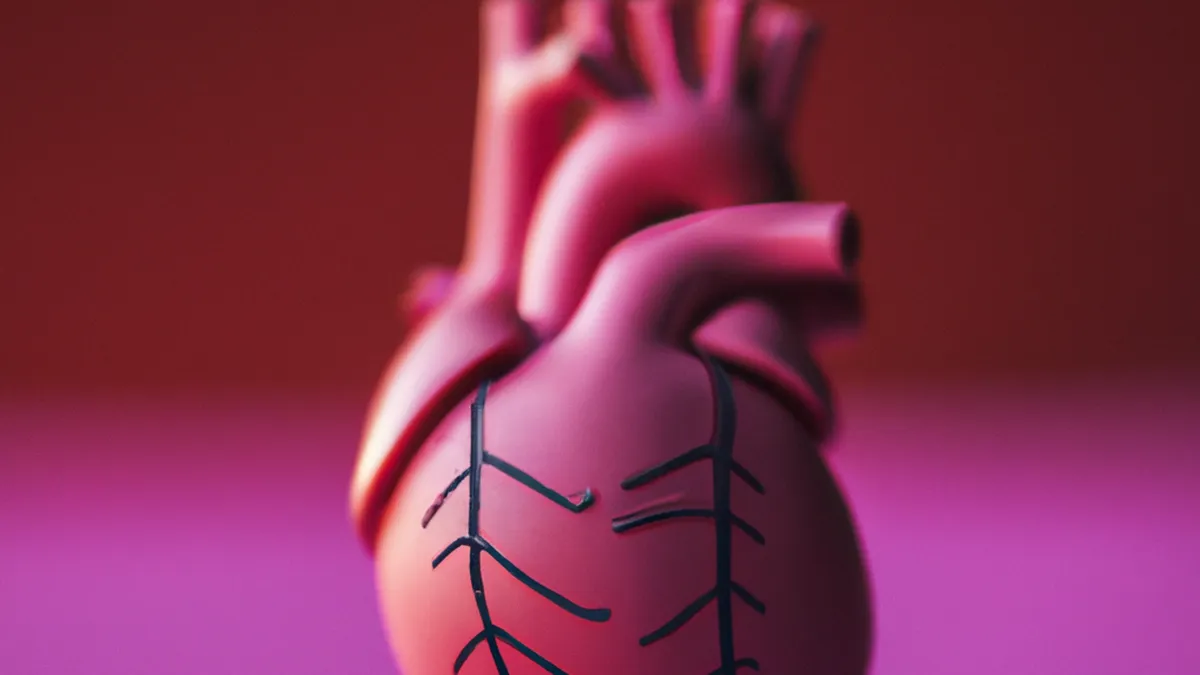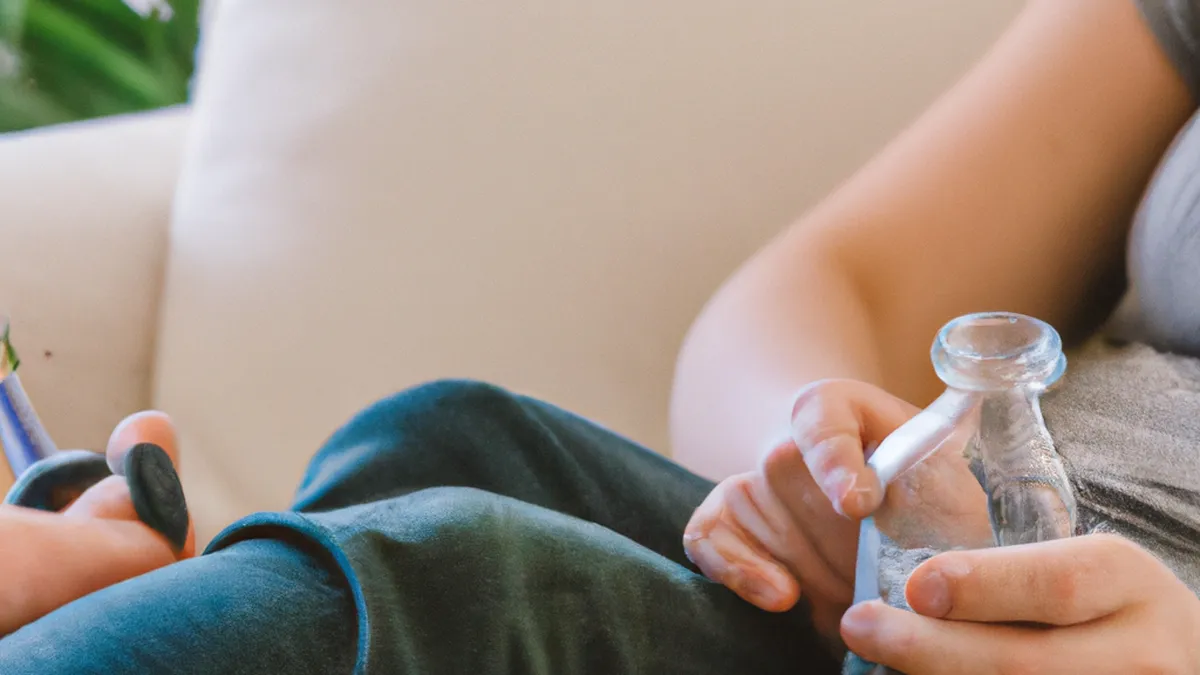Contrast Baths: A Refreshing Recovery Strategy
Utilizing Contrast Baths for Muscle Recovery
As an Amazon Associate I earn from qualifying purchases.
Gear tip: consider standing desk balance board, desk cycle and insulated water bottle to support this workout.
Muscle recovery plays a crucial role in athletic performance and fitness. After intense workouts, micro-tears occur in muscles. These tears need adequate time and care to heal. The contrast bath technique has gained popularity for muscle recovery. Alternating between hot and cold water immersion speeds up recovery and reduces soreness. This blog post explains how to use contrast baths effectively and offers tips for success.
What Are Contrast Baths?
Contrast baths involve immersing the body in hot and cold water. Typically, you soak in hot water first, then quickly switch to cold water. Repeating this cycle stimulates blood flow and promotes muscle healing. Athletes and sports enthusiasts favor contrast baths for recovery.
How to Set Up a Contrast Bath
Follow these guidelines to create an effective contrast bath:
1. **Gather Your Equipment**: You need two containers—one for hot water and one for cold water. Choose containers large enough for the body part you wish to treat. A bathtub or large bucket works well.
2. **Temperature Control**: Set the hot water temperature between 100°F and 110°F (37°C to 43°C). Aim for cold water temperatures around 50°F to 60°F (10°C to 15°C). The temperature difference should stimulate circulation comfortably.
3. **Timing**: Plan for a total duration of 20 to 30 minutes. This includes multiple hot and cold immersion cycles.
Steps to Perform a Contrast Bath
1. **Start with Hot Water**: Immerse yourself in hot water for about three minutes. Relax during this time. The heat increases blood flow and relaxes tight muscles.
2. **Switch to Cold Water**: Transition quickly to cold water for one minute. The temperature change constricts blood vessels and reduces inflammation.
3. **Repeat the Cycle**: Alternate between hot and cold water for three to five cycles. End with cold water to close pores and encourage recovery.
Tips for Effective Contrast Baths
To enhance your contrast bath experience, consider these tips:
– **Stay Hydrated**: Hydration is crucial before and after your session. Drink plenty of water to support recovery and bodily functions, as immersion can lead to fluid loss.
– **Listen to Your Body**: Pay attention to your body’s response to temperature changes. If you feel discomfort, adjust accordingly.
Conclusion
Contrast baths offer an effective method for muscle recovery. Use these techniques and tips for optimal results.
Below are related products based on this post:
FAQ
What are the benefits of using contrast baths for muscle recovery?
Contrast baths help speed up muscle recovery by alternating between hot and cold water immersion. This technique stimulates blood flow, promotes muscle healing, and reduces soreness after intense workouts.
How should I prepare for a contrast bath session?
To prepare for a contrast bath, gather two containers—one for hot water (set between 100°F and 110°F) and one for cold water (around 50°F to 60°F). Ensure the containers are large enough for the body part you wish to treat and plan for a total duration of 20 to 30 minutes, including multiple cycles of immersion.
What should I do during a contrast bath session?
Start by immersing yourself in hot water for about three minutes to relax your muscles, then switch to cold water for one minute to reduce inflammation. Repeat this cycle for three to five times, ending with cold water to close pores and enhance recovery.















Post Comment